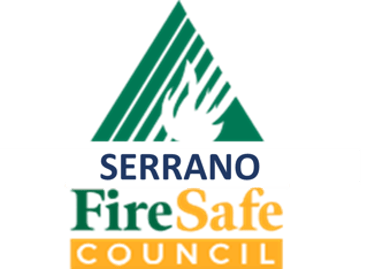WILDFIRE
RISK

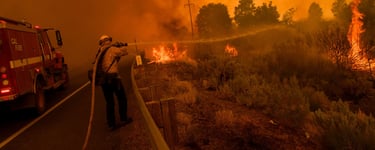
Serrano is located in areas designated by Cal Fire as high and very high fire hazard severity zones, with its villages surrounded by 1,000 acres of unmanaged natural open space.
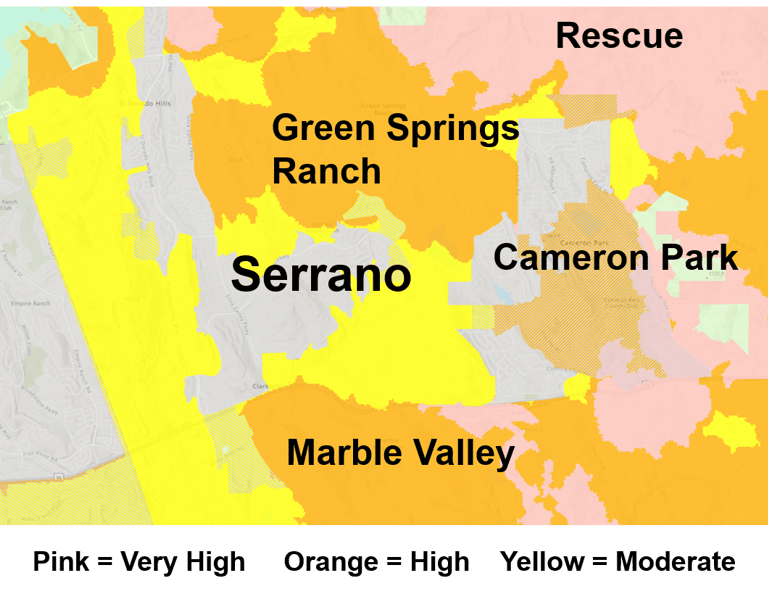

Wildfire Threats
Serrano homes face three primary wildfire threats:
1. Winds from a nearby wildfire carry burning embers into our villages, igniting vegetation and combustible materials.
2. A grass fire in open spaces rapidly spreads uphill, generating embers and igniting wooden fences, which can carry flames to multiple homes.
3. Strong winds drive radiant heat and flames from house to house, making it difficult for firefighters to contain the blaze.
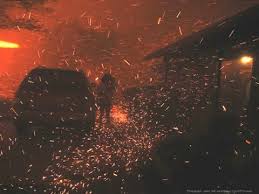
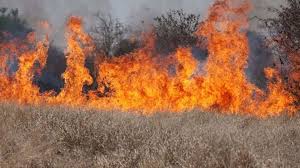
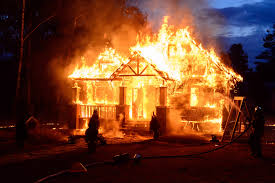
Embers
Grass Fire
House-to-House Fire
Serrano Vulnerabilities
The Fire Department has identified the seven most critical vulnerabilities to embers and flames in Serrano.
Open Space Fuel
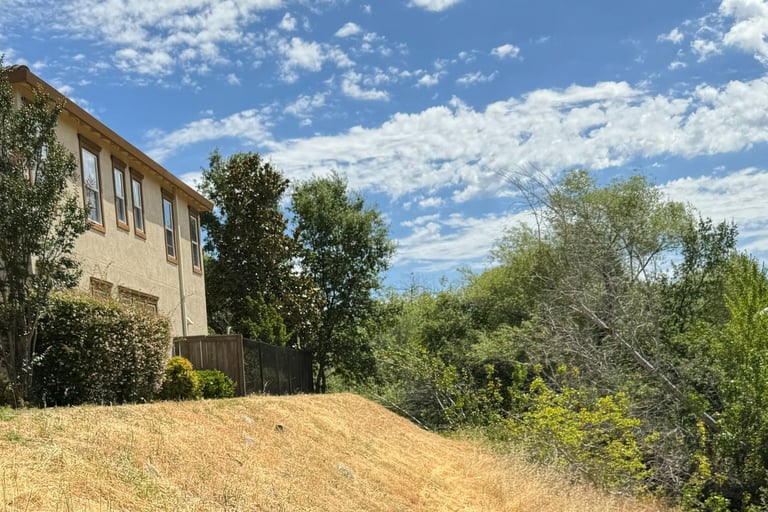

The Fire Department requires the HOA and Country Club to clear hazardous vegetation in the open space and along fairways within 100 feet of homes to create a fire break.
While this is a critical safeguard, beyond the open space buffer lies nearly 1,000 acres of unmanaged vegetation, including dried grasses, dead plants, trees, and limbs. A fire in this area could spread rapidly, threatening our villages.
Old Vents
Homes built before 2008 may have attic and eave vents that allow embers to enter, posing a risk of igniting combustible materials in the attic.
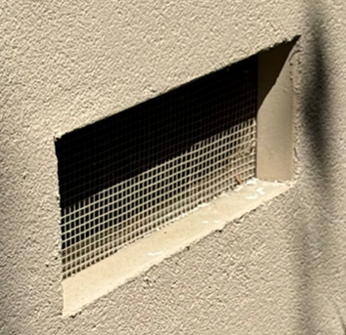

Wing Fences and Gates
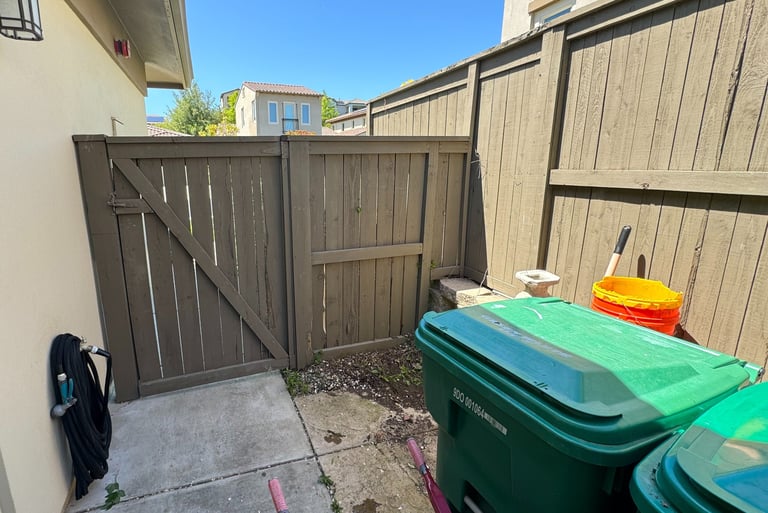

Embers from nearby fires can ignite wooden fences, and if the fence is attached to the house, the flames can quickly spread to the structure, increasing the risk of fire damage.
Noncombustible Zone
Extensive testing by the Insurance Institute for Business and Home Safety concluded that removing all vegetation and combustible materials five feet away from the house and deck significantly reduces the risk of flames and radiant heat breaking windows, igniting eaves, and allowing fire to enter the home.
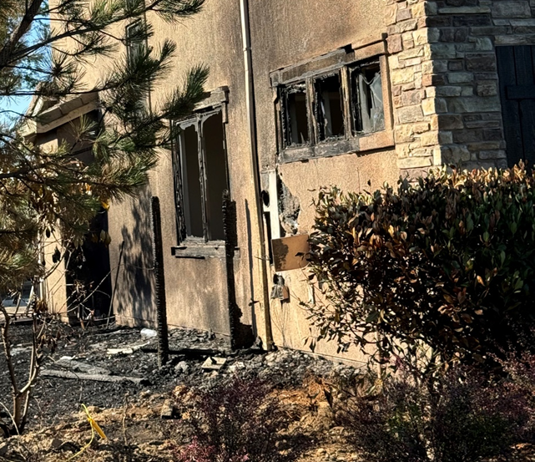

The photo shows a recent Serrano house fire, which began when the wood fence caught fire. The flames spread to the house at the point where the wood gate was attached. From there, vegetation and combustible
materials alongside the house ignited, generating sufficient radiant heat and direct flames to break dual-paned windows, allowing the fire to enter the home. This house would have remained undamaged if a noncombustible zone had been in place.
Combustible Eaves
Homes built before 2008 may have combustible eaves vulnerable to embers and radiant heat, increasing the risk of ignition. If the eaves catch fire, flames can spread into the attic, seriously threatening the home.
While some insurance companies may require boxed-in combustible eaves, the El Dorado Hills Fire Department advises that the risk of ignition is minimal if the siding is noncombustible and a five-foot noncombustible zone is maintained beneath them.
Combustible Decks
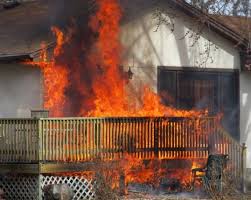

All decks made with combustible materials are vulnerable to flames on the underside of the deck. Decks are also vulnerable when embers land and accumulate on the deck. Embers accumulate where the deck attaches to the home and in gaps between deck boards. Once your deck ignites, fire has an easy path to your home.
House-to-House Fires
Burning embers and high winds can cause house fires that spread through villages, resulting in a conflagration like in the Lahaina, Boulder, Palisades, and Altadena fires.
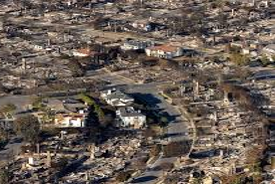

Production home villages are most vulnerable to possible house-to-house fires because of their proximity, vegetation and combustible materials next to houses, and connecting wood fences.
Learn More
Direct flames, radiant heat, and flying embers from miles away can threaten our homes. To increase your home's chances of survival when wildfire strikes, click here.
